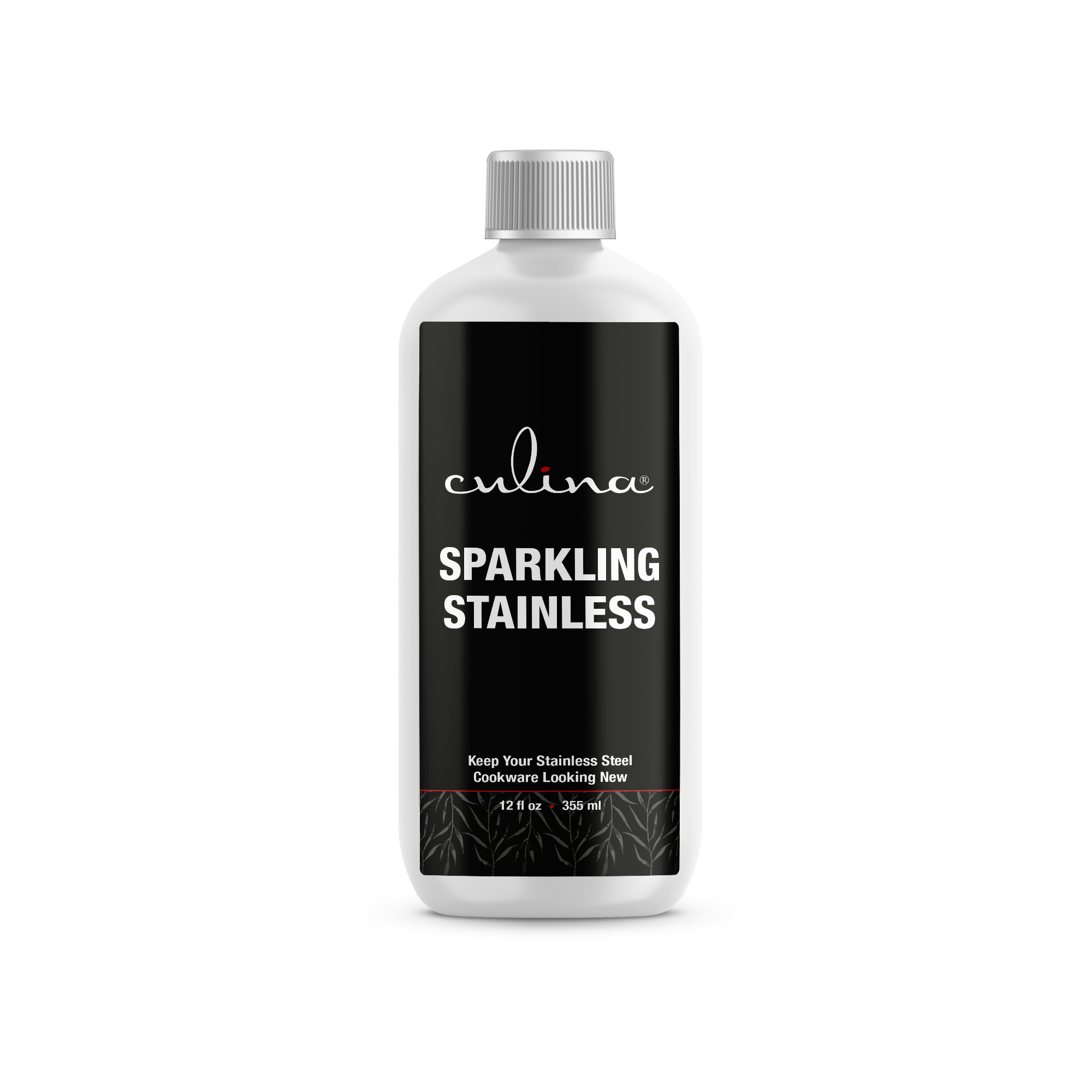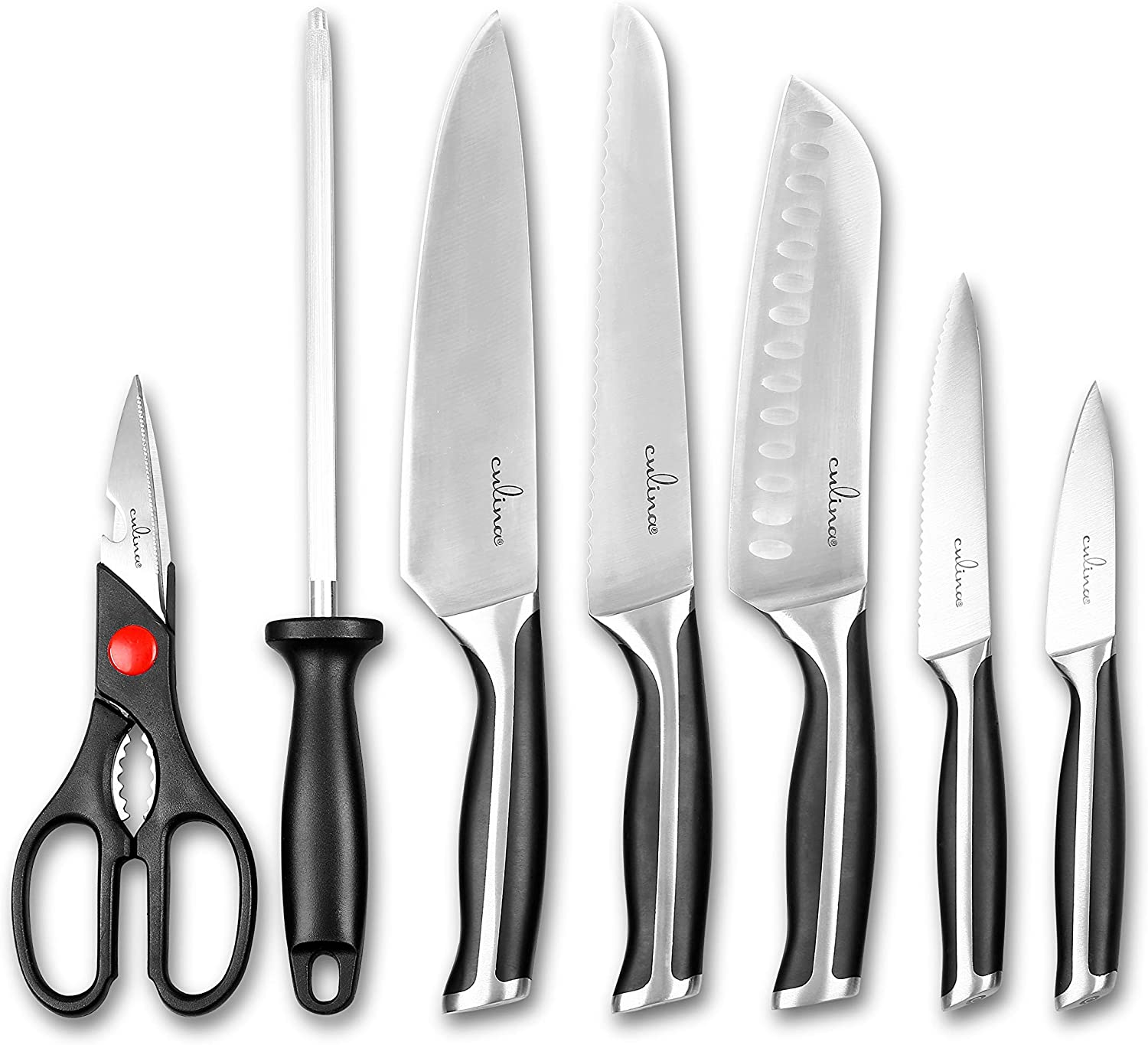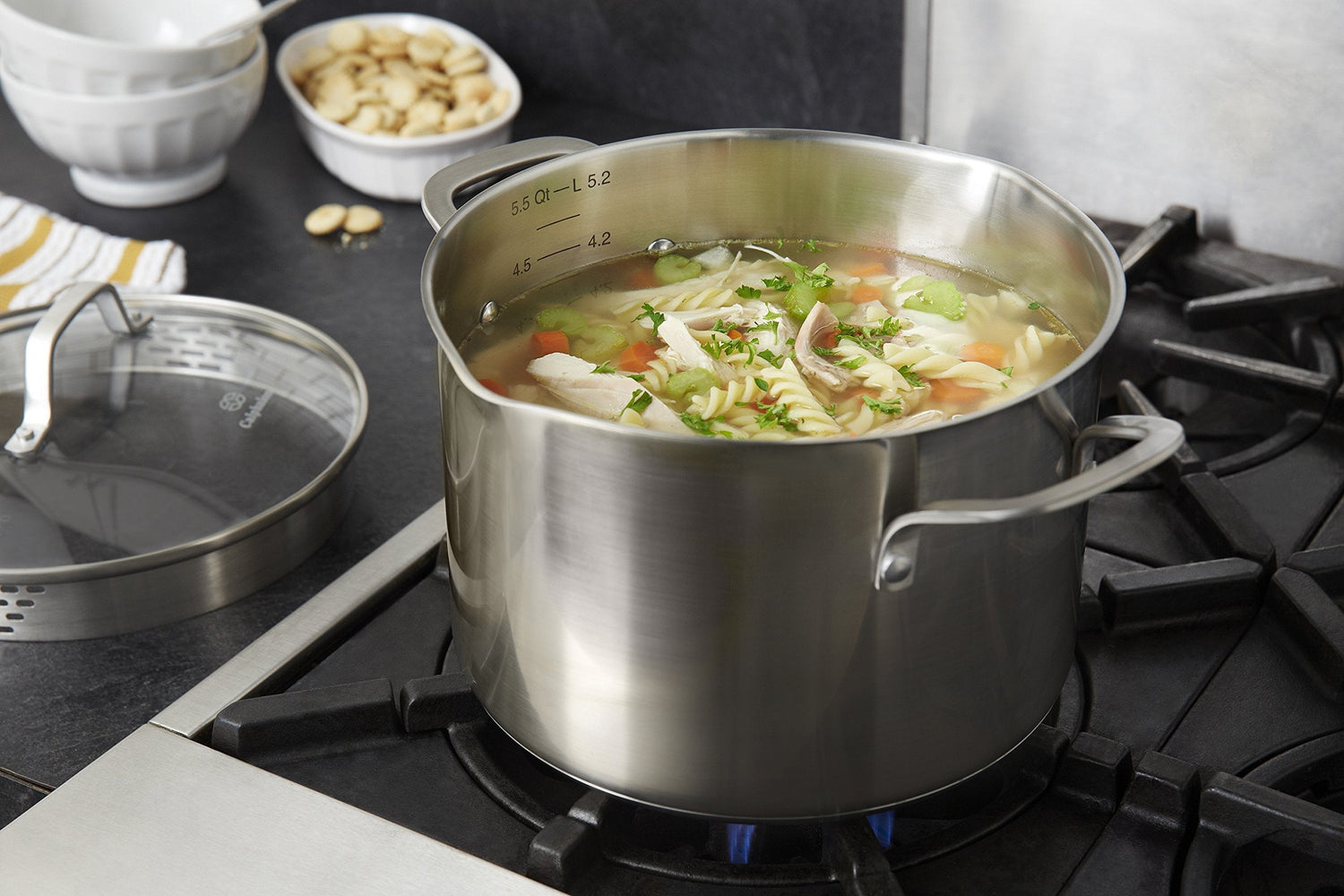When it comes to the art of **stock making**, one crucial question often arises: Should you cover the pot when making stock? This simple yet pivotal choice can significantly influence not just the flavor and color of the stock, but also its overall quality. In this article, we will dive deep into the pros and cons of covering your pot while making stock, providing kitchen professionals with all the insights you need to make informed decisions in your culinary endeavours.
In the world of **culinary arts**, stock is an essential foundation for countless dishes, serving as a base for soups, sauces, and braises. Understanding the nuances of stock preparation is crucial for anyone serious about producing outstanding meals. Hence, knowing whether to cover the pot or not while making stock can enhance the quality of your final product.

The Science Behind Stock Making
To truly grasp the implications of covering your pot, it is essential to understand the fundamental principles behind **stock making**. When crafting stock, a variety of ingredients often including bones, meat, vegetables, and herbs are simmered in water for extended periods. The goal of this process is to extract flavors, collagen, and nutrients from these ingredients, resulting in a rich and aromatic liquid.
Covering the Pot: Advantages
Covering the pot while making stock can yield several benefits:
- Retaining Heat: Keeping the pot covered allows heat to remain trapped, which helps maintain an even cooking temperature.
- Reducing Evaporation: A lid minimizes liquid loss due to evaporation, allowing your stock to stay rich and concentrated.
- Enhanced Flavor: The enclosed environment helps trap aromatic compounds, enriching the flavor of the stock.
Covering the Pot: Disadvantages
However, there are also considerations against covering your pot:
- Clarity and Fat Reduction: Covering can lead to a less clear stock, as fat droplets will not have the opportunity to rise and congeal at the surface for easy removal.
- Concentration: If you prefer a more concentrated flavor, leaving the pot uncovered allows some moisture to escape, intensifying the taste.
- Monitoring Ingredients: An open pot enables the chef to monitor the contents and make adjustments as necessary throughout the cooking process.

Best Practices for Stock Making
Regardless of whether you choose to cover the pot or leave it uncovered, several best practices can enhance your stock-making process:
- Use Quality Ingredients: Opt for fresh, high-quality ingredients. Turkey stock is a great example.
- Simmer, Don't Boil: Keep your stock at a gentle simmer, which allows for gradual extraction of flavors without clouding the liquid.
- Skim Regularly: If you choose to cover your pot, make sure to skim the surface regularly for impurities and excess fat.
Common Questions Among Kitchen Professionals
1. Can I use a lid when making vegetable stock?
Yes, using a lid when making vegetable stock can help retain flavors while also keeping the cooking environment moist.
2. How long should stock simmer?
The simmering time generally varies depending on the type of stock; for poultry stock, aim for 4 to 6 hours, while beef stock may require 8 to 12 hours.
3. Is it necessary to roast bones before making stock?
Roasting bones enhances the flavor and color of the stock, but it is not strictly necessary.
Conclusion: Making the Right Choice
In conclusion, whether you choose to cover the pot when making stock may depend on what you want to achieve in your final product. Each method has its own advantages and disadvantages, so understanding these will help you make the optimal choice for your **culinary creations**. As kitchen professionals, mastering the nuances of stock making can elevate your cooking to new heights.
For more insight, check out [this article on stock pots](https://www.yummly.com/recipes/stock-pot-cooking).
As an Amazon Associate, I earn from qualifying purchases.






Leave a comment
This site is protected by hCaptcha and the hCaptcha Privacy Policy and Terms of Service apply.